Why “Japan Brand Seafood” is highly received internationally
And how strict professional fishermen community plays the crucial role.
“Japan Brand Seafood” have earned a worldwide reputation for freshness, taste and quality, contributing to the “Japanese food boom”.
And fishermen connoisseur is a community we can’t ignore when we talk about how “Japan Brand Seafood” has became internationally renowned today.
In Japan, most of the fine seafood are sold via auctions in fish markets such as the Toyosu Fish Market, Tokyo.
The entry to auction from Japan fish market is not something that can be easily obtained by just money.
Auctions are strictly limited to thru professional connections from mekiki master (fish connoisseur) whom understand the fish based on the senses. In particular for tuna, you must be a registered buyer with one of the market’s authorized tuna auction houses.
Mekiki refers to the skill of selecting the best quality.
Mekiki masters have special invitation access to judge the freshest fish from auction on the very same day. Mekiki master has a trained eye for identifying the best quality seafood based on factors such as freshness, colour, texture, and smell.
Meet one of our long-term partner, Megumi Suisan.
They are the pioneer of maguro wholesaler with generations of mekiki masters.
Megumi Suisan's generation of mekiki master selects the freshest quality tuna based in Misaki Port, famous as a base for deep-sea fishing in the Pacific, Atlantic, and Indian Ocean.
More than 100 tuna wholesalers support this port, and have established a system to deliver high-quality tuna to consumers all over Japan.
Working with Megumi Suisan, we receive fresh tuna and fishes from Japan's fish market to you in Singapore with their sophisticated frozen supply chain.
What we imported directly from Megumi Suisan:
1. [Sashimi Grade] Ootoro (Fatty Bluefin Tuna) from Misaki Fishing Port
- Sashimi Grade Frozen Maguro -
Each maguro (bluefin tuna) is processed and stored in a super freezer warehouse (-60℃) to maintain its freshness.
Of all the types of tuna, the Ootoro, with its melt-in-your-mouth texture and rich umami flavour, is a delicacy that once you try it, you will become addicted to it.
Compared to Chutoro, only a small amount of Ootoro can be obtained from a single tuna, making it a rare part of the tuna.
2. [Sashimi Grade] Seared Bonito
- Quality sashimi grade traditional fish from Kochi -
The "Seared Bonito" is a traditional dish that is representative of Tosa cuisine, Kochi prefecture.
The scales of the fresh bonito are scraped off, and the fish is then grated into 5 pieces and sliced into joints.
The skin is savoury when it is grilled, but the inside is still rare and tender, just like sashimi.
These two flavours become one in the mouth and are irresistibly delicious.
Check out more seafood collections from Japan!
The value of omakase lies in the connection between mekiki and chefs.
Omakase is a popular way to experience the full range of a chef’s skills and creativity.
How chef picks omakase menu is usually what mekiki master choose as the finest quality on the day with their exceptional skills.
This is how "Japanese brand seafood" leaves a rich legacy from the masters and the exclusiveness to the community creates a value appreciated by locals and audiences globally.

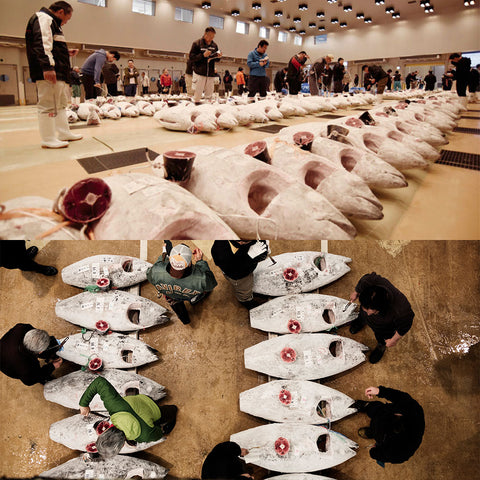
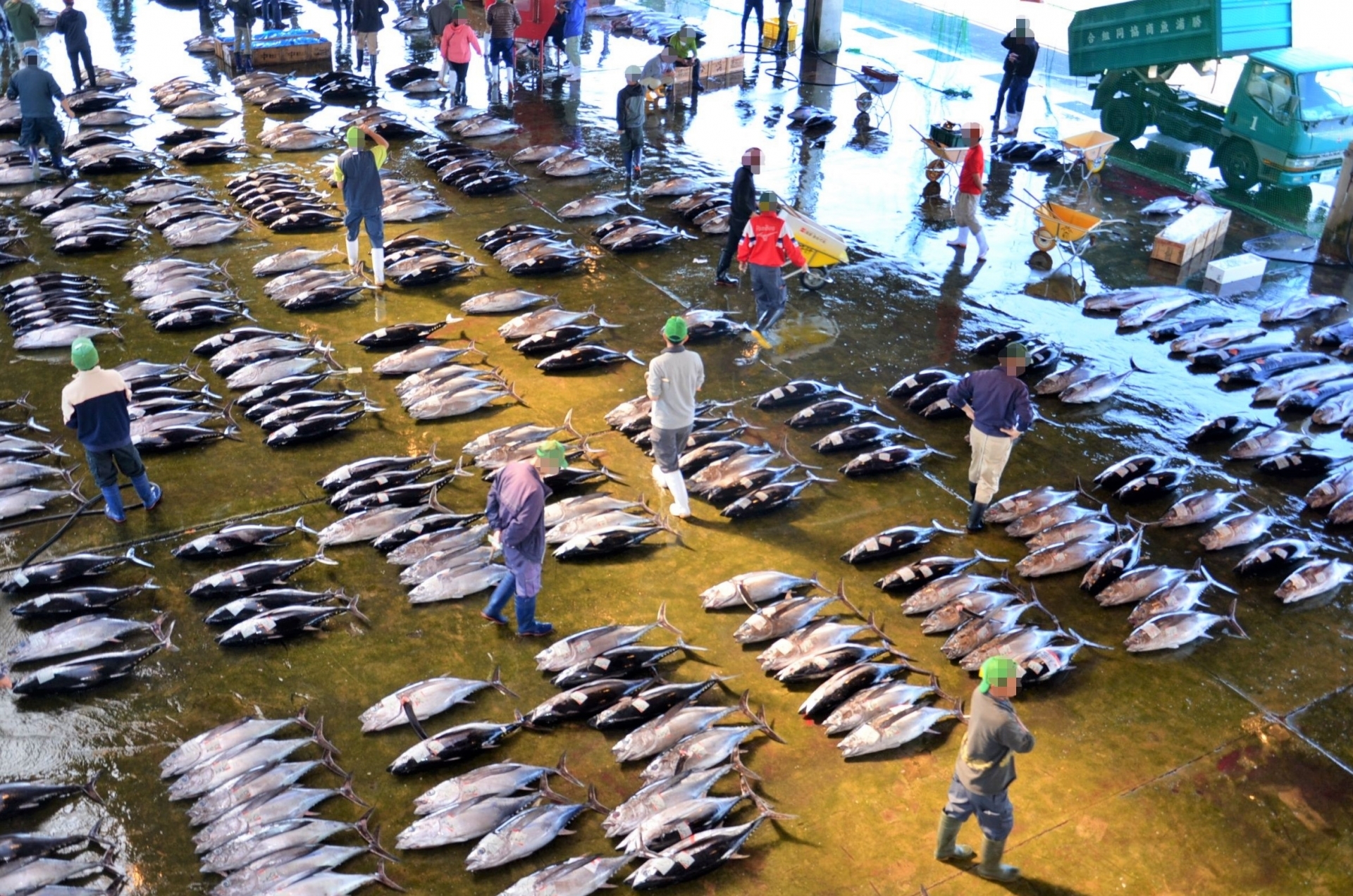

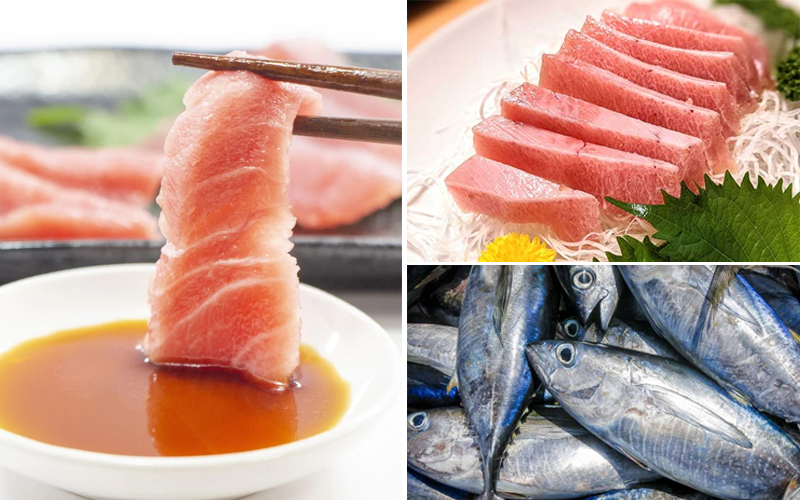



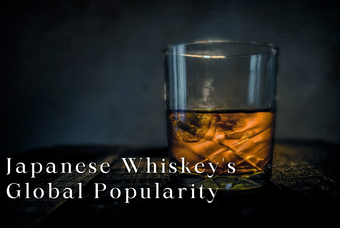
![[Restock] Negitoro and Award-winning Soy Sauce](http://jx.today/cdn/shop/articles/negitoro-mb_340x228_crop_center.jpg?v=1696387775)
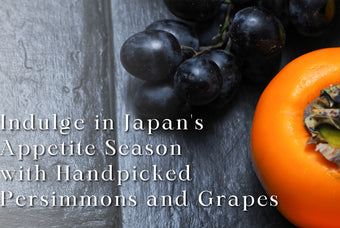
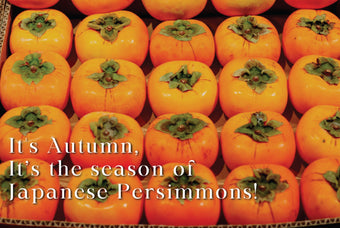
![[New] Oyaki - Mountain Veggie Dough Delights from Nagano Prefecture](http://jx.today/cdn/shop/articles/oyaki-text_340x228_crop_center.jpg?v=1695757170)

